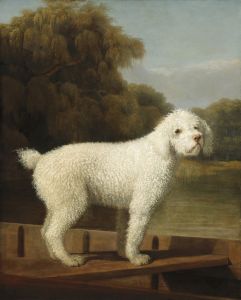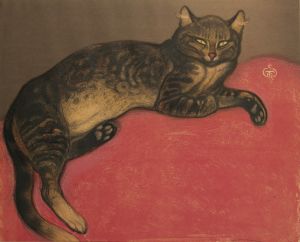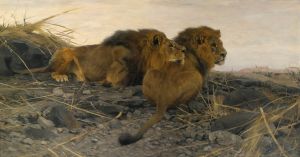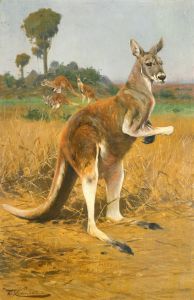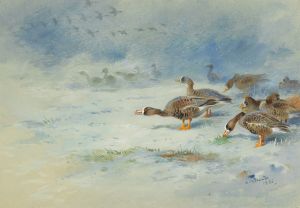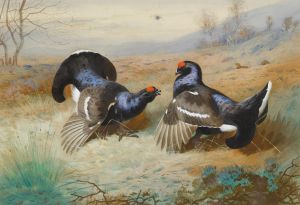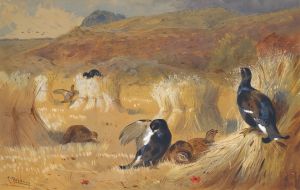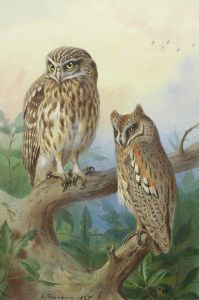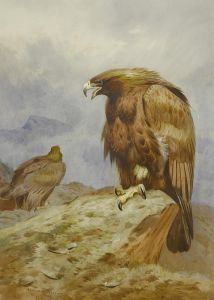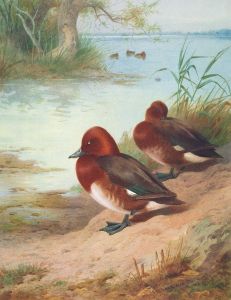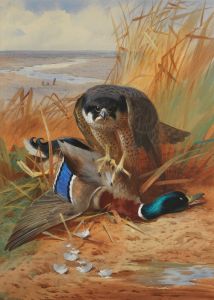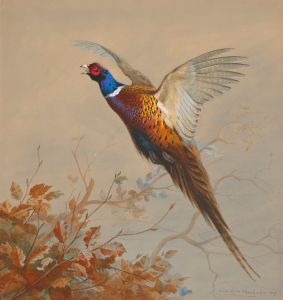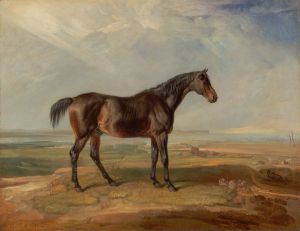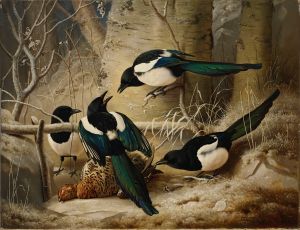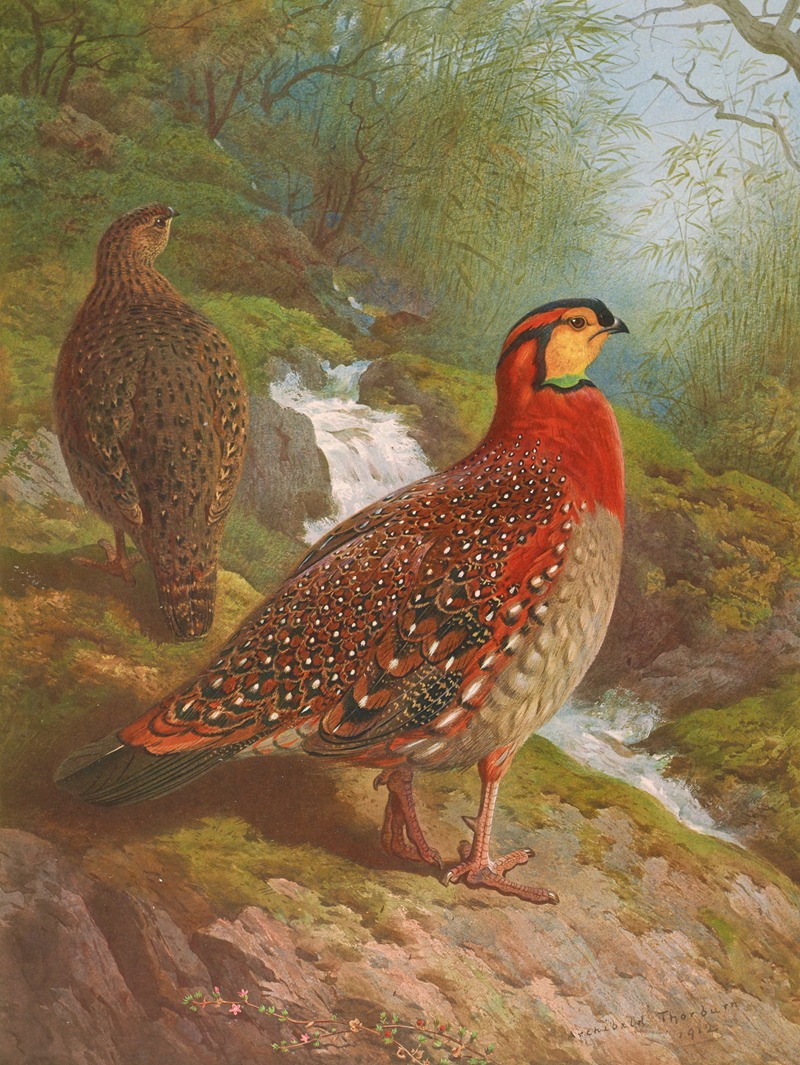
Blyth’s Tragopan
A hand-painted replica of Archibald Thorburn’s masterpiece Blyth’s Tragopan, meticulously crafted by professional artists to capture the true essence of the original. Each piece is created with museum-quality canvas and rare mineral pigments, carefully painted by experienced artists with delicate brushstrokes and rich, layered colors to perfectly recreate the texture of the original artwork. Unlike machine-printed reproductions, this hand-painted version brings the painting to life, infused with the artist’s emotions and skill in every stroke. Whether for personal collection or home decoration, it instantly elevates the artistic atmosphere of any space.
Archibald Thorburn (1860–1935) was a renowned Scottish artist and illustrator, celebrated for his detailed and lifelike depictions of birds and wildlife. Among his many works is the painting "Blyth’s Tragopan," which showcases his exceptional skill in capturing the beauty and intricacy of avian species. Blyth’s tragopan (Tragopan blythii), also known as the Blyth’s horned pheasant, is a species of pheasant native to the forests of northeastern India, Bhutan, and parts of Myanmar. It is named after Edward Blyth, a 19th-century British zoologist and ornithologist.
Thorburn’s painting of Blyth’s tragopan exemplifies his characteristic style, which combines scientific accuracy with artistic elegance. The bird is depicted in its natural habitat, surrounded by lush vegetation that reflects the dense forest environments where the species is typically found. Thorburn’s attention to detail is evident in the vibrant plumage of the tragopan, which features striking patterns and colors. This meticulous approach not only highlights the bird’s physical beauty but also serves as a valuable resource for ornithologists and bird enthusiasts.
Thorburn was known for working primarily in watercolor, a medium that allowed him to achieve subtle gradations of color and texture. His ability to render feathers, foliage, and light with precision and delicacy made his works highly sought after during his lifetime and beyond. "Blyth’s Tragopan" is consistent with his broader body of work, which often focused on rare and exotic species, reflecting both his artistic interests and the growing fascination with natural history in the late 19th and early 20th centuries.
Thorburn’s contributions to wildlife art were widely recognized during his career. His illustrations appeared in numerous publications, including "The Birds of the British Isles" by Lord Lilford and "Coloured Figures of the Birds of the British Islands" by Henry Seebohm. While specific details about the creation and provenance of "Blyth’s Tragopan" are not readily available, the painting is representative of Thorburn’s enduring legacy as one of the foremost wildlife artists of his time.
Today, Thorburn’s works, including "Blyth’s Tragopan," continue to be appreciated for their artistic merit and historical significance. They offer a glimpse into the rich biodiversity of the natural world and the artistic traditions of the late Victorian and Edwardian eras.





